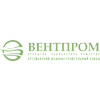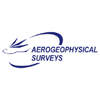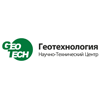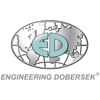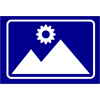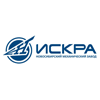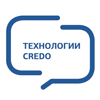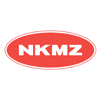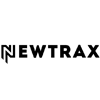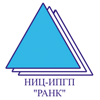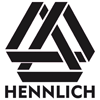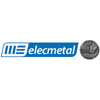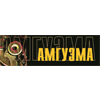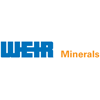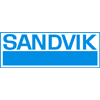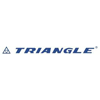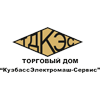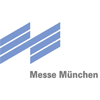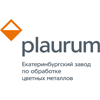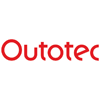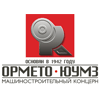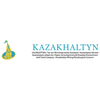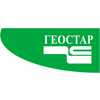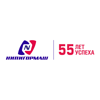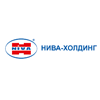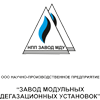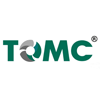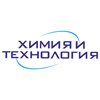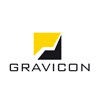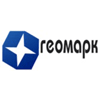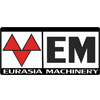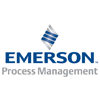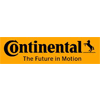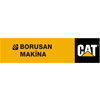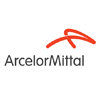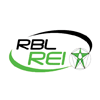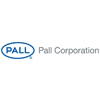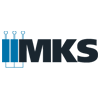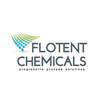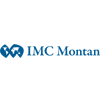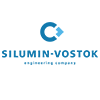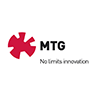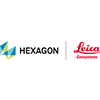To authors
IMPACT FACTOR OF THE «MINING JOURNAL OF KAZAKHSTAN» AGAINST THE KAZAKHSTANI CITATION BASE – KAZCB FOR 2020: 0.107
ISSN 2227-4766
Dear Authors! Please register your ORCID iD at https://orcid.org/register. The article is accepted with a completed and signed agreement, which you can download by following the link: https://disk.yandex.ru/i/IlBUxELF_98hKg
SAMPLE FORMAT OF LITERATURE: https://disk.yandex.ru/i/1y_O0JXUWJh_mQ
ARTICLE PREPARATION REQUIREMENTS AND CONDITIONS FOR ARTICLE SUBMISSION to the Editorial Department of the periodic printed publication «Mining Journal of Kazakhstan» (effective from September 1, 2019)
1. «Mining Journal of Kazakhstan» accepts for publication any original articles of scientific and research-engineering content, which reflect the results of research and scientific activities and contain the recommendations for practical application of the issues to be solved in the following areas ( full list of sections is specified on the website minmag.kz):
– Geotechnology (underground, open and construction)
– Geomechanics, mine surveying and geodesy
– Rock destruction
– Mining machines and equipment
– Minerals processing
– Geoecology of the mining and processing industry
– Occupational health and safety
– Theoretical framework for mining-engineering system design
– Metallurgy
– Mining and industrial geology and geophysics
– Economy of the mining-and-metallurgical industry
Also the review articles meeting the criteria for primary scientific publication are accepted under the specified areas.
Additional sections:
– Staff training (in the context of journal subject)
– History of mining, metallurgy and geology
– Anniversaries
– Advertising
2. Basic requirements for articles submitted for publication in the journal:
▪ article is typeset in Times New Roman 12 with one-and-a-half spacing;
▪ the total volume of article, including figures, tables, metadata, should not exceed 8 printed pages;
▪ articles (except for reviews) should contain new scientific results;
▪ article should correspond to the journal subject (see par. 1), scientific level;
▪ article must be prepared in full compliance with the requirements specified in par. 3;
▪ article can be submitted in the Kazakh, Russian or English languages;
▪ final, carefully-worded article version excluding the necessity of constant text revisions at the stages of publishing process shall be submitted to the editorial department;
▪ before sending the article to the journal editorial department editorial the authors must check the text for plagiarism absence by means of a special program (for example, www.text.ru);
▪ it is necessary to specify one of the scientific directions, to which the article subject corresponds to the fullest extent.
3. The Article structure should contain the following sections:
▪ Interstate Rubricator of Scientific and Technical Information Code IRSTI (State Rubricator of Scientific and Technical Information SRSTI http://grnti.ru/?p1=52) – six-unit;
▪ article title (abbreviations are not allowed, abbreviation and formula application is not allowed; maximum number of words is 10-12) should be informative, correspond to the scientific style of text, contain the main keywords describing the research topic (subject) and the paper content, and should be provided in the Kazakh and Russian languages;
▪ initials and surnames of authors; article should have no more than 4 authors; the sign “*” indicates the corresponding author;
▪ information about each author (academic degree, academic title, position, primary place of employment, contact details (e-mail address), city, country);
▪ full name of the organization (s) where the authors work (including departmental affiliation);
▪ in accordance with the international database requirements, the abstract should sufficiently fully disclose the article content, including the key topic feature, object problems, research goals, research results and general conclusions. The abstract annotation must specify what is new in the article in comparison with any other materials related in topic and purpose. The Abstract (paper) is shall be provided in the Kazakh and Russian languages with a volume of no less than 700 and no more than 900 characters (approximately 150…200 words);
▪ keywords in the quantity of 6…10 stable phrases, under which the article will be searched in the future (abbreviations are not allowed): key words shall reflect the specific nature of topic, object and research results and shall be provided in Kazakh and Russian;
▪ article text containing the following sections (introduction, methods / research, results, result discussion, conclusion);
▪ the list of used sources (10…12), including at least 3 foreign (not CIS, in a foreign language) not earlier than 2015, is provided in Kazakh and Russian.
The main article section in the Kazakh or Russian languages should be clearly structured.
– Introduction should reflect the research topic rationale, topic literature review, issue setting, formulation of goals and objectives of the research.
– Research Materials and Methods – description of the research methods, experiment (observation) schemes in order to allow other scientists and practitioners to reproduce results by using only the article texts; description of materials, devices, equipment, sampling and conditions for experiment (observation) performance.
– Results. This section should reflect the actual research results (text, tables, graphs, diagrams, equations, photographs, figures).
– Result Discussion – standard structure of this section is as follows:
▪ how can the obtained results be explained;
▪ due to what particular features of proposed solutions the advantages are provided;
▪ what can be considered as the advantages of this research in comparison with analogues;
▪ what are research disadvantages;
▪ in which direction the research shall be advisably developed, what difficulties may be encountered in this case.
– Conclusion – summaries of Article sections without wording repetition.
– Acknowledgments – expression of gratitude to colleagues for assistance.
Figure captions and table headings shall be drawn up in a separate block in the Kazakh, Russian and English languages.
The Article shall be accompanied by information in English:
– Title – without abbreviations and transliteration, except for cases when untranslatable proper names encounter, for example, names of enterprises, devices, etc.;
– surname and initials (of the author (s) (Byline) – transliteration under the BSI system (http://www.translit.ru). For English-language metadata, it is important to observe the variant of spelling the writing author information in the following sequence: full name, patronymic initial, surname;
– author (s) information without abbreviations;
– full name of the organization (abbreviations are not allowed, the organization full name and departmental affiliation shall be given in the form in which their profile is identified in the Scopus database), its address, city, country with postal code;
– paper (abstract) – Abstract. The Abstract shall not include the references to any sources from full text and the abbreviations, which are disclosed only in the full text. The Abstract must be:
▪ informative (do not contain general words);
▪ original (not to be a calque of the Kazakh-Russian-language abstract with a literal translation);
▪ meaningful (reflect the basic article content and research results);
▪ structured (follow the logic of result description in the Article by displaying briefly the main ideas containing in its structural parts – from the issue, goals and methods to the research results, proposals and general conclusions);
▪ be written in proficient English;
▪ no less than 700 characters.
– keywords of at least 10, abbreviations and quoted words are not allowed.
Any Figures should have the extension of graphic editors CorelDraw, Photoshop, Illustrator, etc. Any Pictures must be pin-sharp in graphic format (TIFF, JPEG, CDR) with a resolution of at least 300 dpi. All alphabetical and digital symbols in figures must be explained in the main text or caption. Any legends and other symbols in graphs and figures should be clear and legible. Figure captions and table headings are required.
Any mathematical formulas should be typed in the formula editor MathTypes Equation or MS Equation, and Greek and Russian letters in formulas should be typed in roman type (text option), Latin letters in italics. Any quantity symbols and simple formulas in the text and tables should be typed as text elements (and not as objects of formula editor). The formulas, which are referenced in the following presentation, should be numbered. The formula numbering of formulas is continuous.
The list of sources used is compiled in order of citation and drawn up in strict accordance with GOST R 7.05-2008. References to literature in the text are marked as they appear with serial numbers in square brackets. The bibliography includes links to electronic resources, but links to them are presented as footnotes in the text of the article. The list is provided in Russian (Kazakh) language, as well as in translated and transliterated versions (transliteration is carried out according to the BSI standard: https://translit.net/ru/bsi/). Both versions of the bibliography must be identical in content. First, a Russian-language (Kazakh-language) bibliography is prepared, including all sources (even in foreign languages), then it is translated into English and transliterated.
4. Cost and conditions of publication.
An agreement is concluded with the author(s) to purchase 10 (ten) copies of the magazine according to the established prices for the current year, which he/she has the right to distribute among the mountain community. After payment, the article is published in the journal issue according to the order. If there is a need to publish an article in one of the upcoming issues of the journal, the authors pay an acceleration fee of 50,000 (fifty thousand) tenge.
Dear Authors of the Mining Journal of Kazakhstan!
In order to ensure the compliance of journal articles with the requirements of the Scopus citation bases, entry into which is a priority for our journal, we request you to pay maximal attention to compliance with the article submission requirements.




